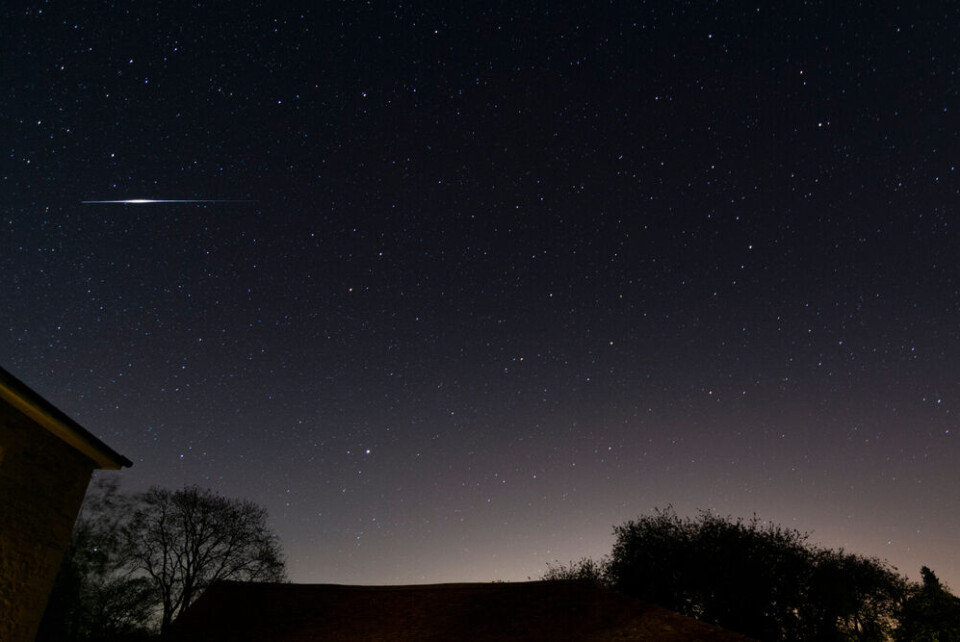-
How many Americans live in Paris - and where else are they choosing in France?
Over a quarter of all US nationals in France live in the capital city
-
Price rises for Netflix in France
The Standard (with ads) and Premium packages are increasing by €24 a year
-
Leclerc supermarkets to sell car fuel at cost price for Easter
The initiative will apply to diesel, petrol, and LPG
Look up tonight in France to see the April Lyrids shooting stars
This meteor shower is reaching its peak, with around 20 shooting stars an hour

The peak of this year’s April Lyrids meteor shower phenomenon is set to take place tonight (Friday, April 22), when the ‘shooting stars’ will be visible by the naked eye.
The April Lyrids begin when dust particles shed by the C/1861 G1 (Thatcher) Comet – discovered by amateur astronomer Albert Thatcher in 1861.
The debris crosses over the Earth’s orbit and penetrates the upper atmosphere at a speed of several tens of kilometres per second. The impact causes them to disintegrate, creating the moment of bright light.
“The comet is composed of crystals of glass, earth and carbon matter. When it comes close to the sun, the effect of the heat and the radiation makes it break up,” Gilles Dawidowicz, secretary general of the Société astronomique de France, told Actu.fr.
“The material of which it is composed sublimates [passes from a solid to a gaseous state without becoming liquid first]. It is this which produces that famous tail that we know so well and which can spread over tens of millions of kilometres.”
During the height of the April Lyrids, stargazers can expect to see around 20 ‘shooting stars’ per hour if conditions are favourable.
They have been observed since 687 BC, and are thus one of the oldest known meteor showers to still be occurring.
The radiant – emanation point – of the meteors is six degrees southwest of the brightest star in the Lyra constellation, Vega, which ascends northeastern skies during the late evening to reach a point close to directly overhead by dawn.
You can find Vega by looking for the Summer Triangle of stars, which also includes Deneb in the Cygnus constellation and Altair in the Aquila constellation. The three stars form an isosceles triangle, of which Vega is at the northeasterly point.
This year, we are only one week past full moon, so its light may interfere slightly with meteor viewing. People living in cities may also struggle due to light pollution.
In France, “you will need to be far from the light pollution of towns and look out just above the horizon, to the north or northeast,” Mr Dawidowicz added.
Luckily, the weather is expected to be fair tonight, although there may be some clouds in the sky.
You can begin looking out for the comets around 21:30, but they will continue until the early hours of the morning.
April’s Lyrids appear annually, but in some years they appear to proliferate or ‘outburst’ more than others. This happens approximately every 60 years, as other planets reshape the trail of comet debris. The next ‘outburst’ is due in 2042.
After the Lyrids finally come to an end around April 30, the next meteor shower will be the Eta Aquariids in early May.
Related articles
Will I be able to see August’s shooting stars from my area of France?
Heads up: Shooting stars over France at Geminid peak
























